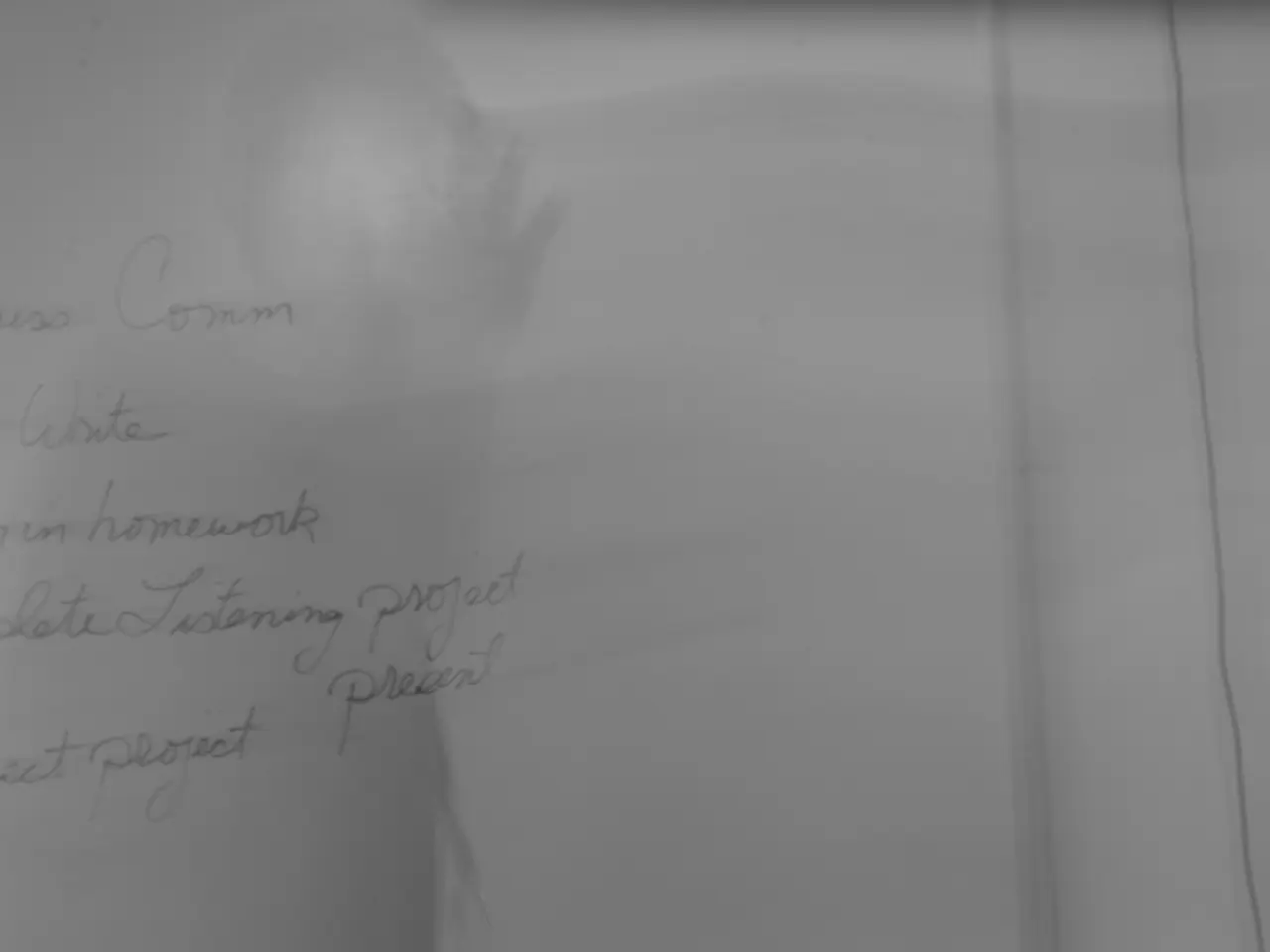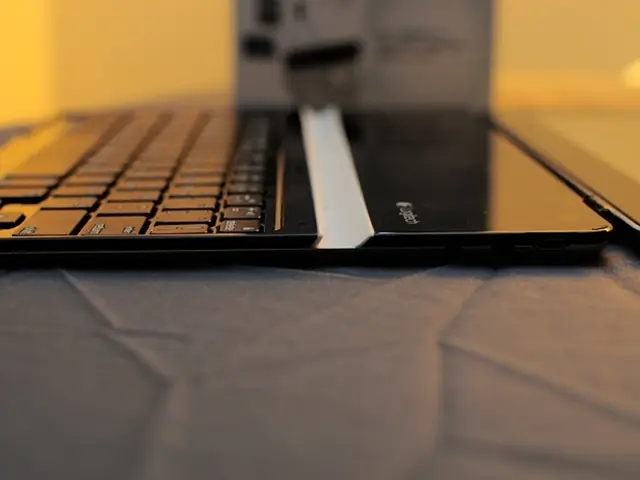Examining Non-Active Legal Entities and Their Jurisdictional Consequences
Non-Practicing Entities (NPEs) Shape Modern Intellectual Property Landscape
Non-practicing entities (NPEs) are patent holders who do not manufacture or sell products based on their patents but instead monetize these patents primarily through licensing or litigation. Their roles and implications significantly impact businesses and the broader economy in the modern intellectual property (IP) landscape.
Roles of NPEs
NPEs generate revenue by licensing patents or suing alleged infringers rather than producing goods or services. They include universities, startups, individuals, and specialized firms, with a subset called patent assertion entities (PAEs) or "patent trolls," which aggressively litigate to extract settlements. Some argue NPEs provide monetization opportunities for inventors without manufacturing resources, enabling innovation funding indirectly.
Implications for Businesses
NPEs often initiate costly patent infringement lawsuits or demand licensing fees, disproportionately impacting operating companies that manufacture products. Businesses use strategies like early settlements, challenging patents' validity (e.g., via the U.S. Patent Trial and Appeal Board), or joining collective defense groups to mitigate NPE risks. The influence of NPEs on innovation is debated. Critics assert they deter research and development by creating legal and financial risks, while proponents argue they provide a return mechanism for dormant patents and inventors who cannot commercialize their inventions.
Broader Economic Impact
NPE-driven litigation increases legal costs and market uncertainty, possibly diverting resources from R&D to legal defenses. Selective enforcement by rights holders, including NPEs, reflects heterogeneity in strategy and may affect the consistency and predictability of IP rights enforcement in the economy. Regulatory mechanisms like the Patent Trial and Appeal Board (PTAB) have been strengthened to challenge low-quality patents frequently targeted by PAEs, aiming to reduce abusive litigation and balance patent rights with innovation incentives.
Summary Table on NPEs
| Aspect | Description | Impact | |------------------------|-----------------------------------------------------------|-----------------------------------------------| | Role | Hold patents without production, monetize by licensing/litigation | Creates revenue streams beyond product sales | | Entity Types | Universities, startups, individuals, PAEs/trolls | Varied motivations; some promote licensing, others aggressive litigation | | Business Impact | Legal costs, licensing demands, innovation risk | Defensive measures include settlements, patent challenges | | Economic Implications | Increased litigation costs, selective enforcement | Potential deterrence of R&D; also sustains patent value | | Regulatory Responses | PTAB reviews, EUIPO mediation initiatives | Designed to curb abusive patent litigation |
Thus, NPEs shape the modern IP environment by creating complex interactions between patent monetization, litigation tactics, and innovation dynamics, with significant implications for how businesses manage intellectual property and for the economy’s overall innovation ecosystem. The presence of NPEs can create uncertainty within markets, causing firms to hesitate to invest in new technologies or products out of fear of potential litigation. The perception of NPEs as patent trolls has led to calls for reform in patent law to better balance the interests of innovation and enforcement. Simultaneously, there is an observable trend of collaboration among companies to form patent pools as a defensive measure against NPEs.
In the modern intellectual property landscape, patent assertion entities (PAEs) or "patech trolls," a category of non-practicing entities (NPEs), use e-contracts for licensing intellectual property, adding an electronic dimension to the patent monetization process. The increasing presence of NPEs could make technology transfer and collaboration more complicated, potentially necessitating changes in business practices to accommodate new patent litigation and defensive strategies.
As a response to the growing influence of NPEs, businesses and specialized firms are turning to technological solutions, such as blockchain platforms for secure intellectual property management, aiming to strengthen patent protection, streamline licensing processes, and enhance predictability within the technology sector.




